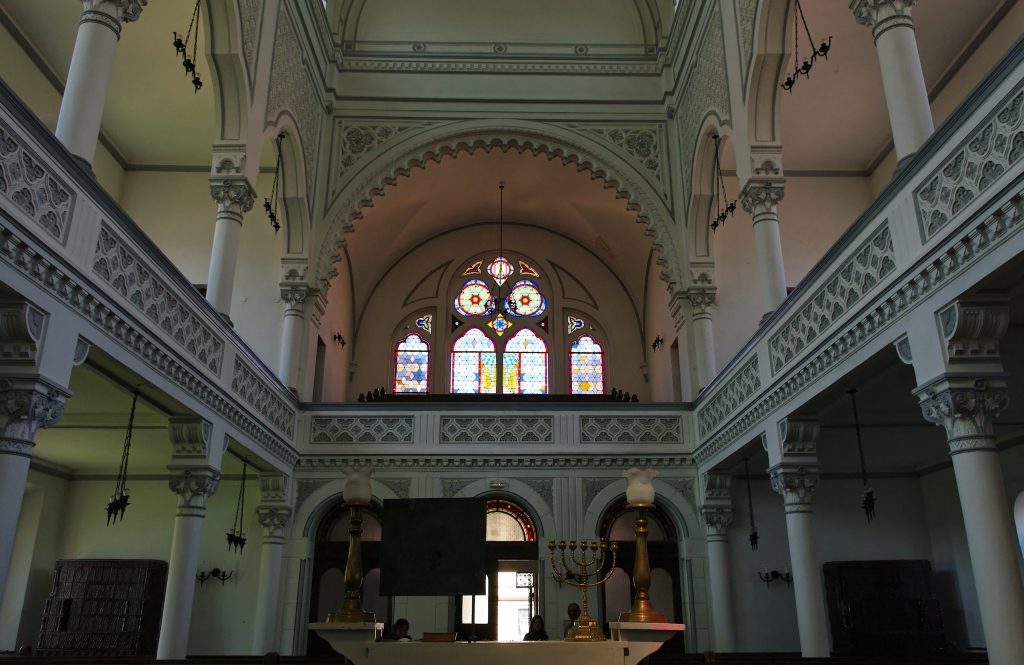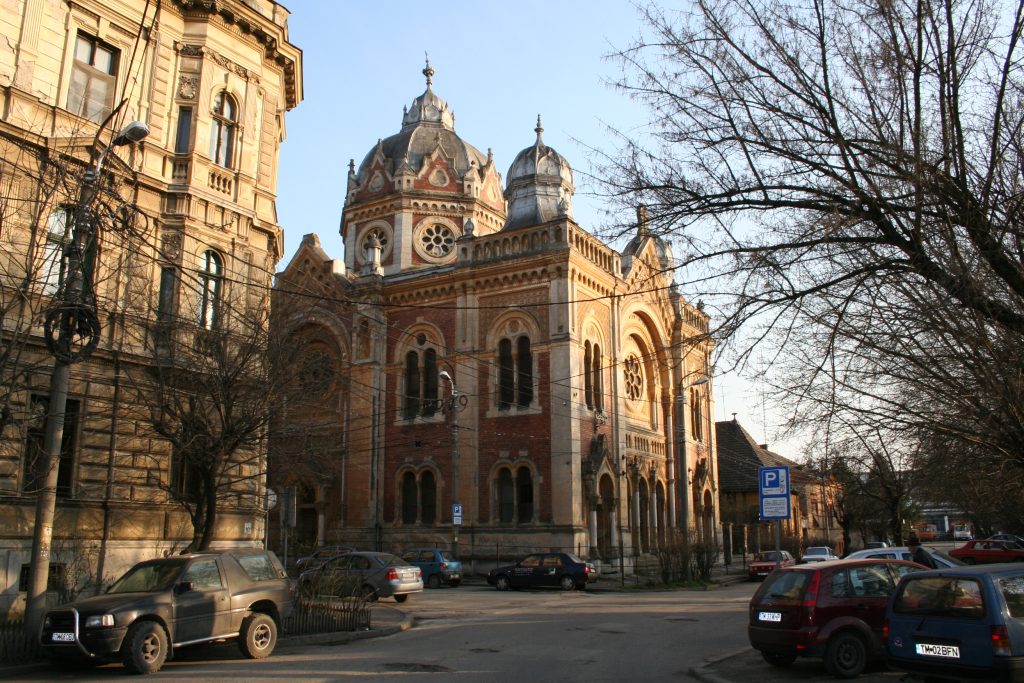The spirit of Austro-Hungarian Cacania still breathes within the medieval cities that lie on the Transylvanian side of the Carpathians, populated until recently by Swabians and Saxons.

Lynxes and bears still haunt the high valleys surrounding Timisoara, the capital of Banat, and the neighboring towns of Sibiu, Sihisoara, Brasov, and Rasnov, characterized by their stocky, Baroque houses of soft lilac, pink, yellow, or pale green colors.
In this region, the majority of Jews spoke German and practiced Reform Judaism, in contrast to Jews to the north. The region stayed Romanian during the Second World War, and the Jewish population, though stripped of their belongings and subject to merciless anti-Semitic legislation, survived before emigrating en masse to Israel and other countries.

So strange a fate for that heterogeneous Jewish community of 400,000 having escaped within Romania’s shrunken borders after the terrible summer of 1940!
How to explain such a large percentage of survivors, perhaps the largest, besides those in Denmark and Bulgaria? Why their mass exodus to Israel and elsewhere, and how was this possible under repressive Communist regimes?
With their customary humor, Romanian Jews admit owing their special situation to a pair of miracle-making rabbis.

The unshakable faith of Alexandre Safran, chief rabbi of Romania from 1939 to 1947, succeeded in thwarting the annihilation of many fellow Jews. He managed to convince the Vatican, ambassadors from neutral countries, and certain members of the political elite (including the queen mother and young King Michael) to beseech dictator Antonescu to postpone indefinitely deportation of “his” Jews.
His Communist-appointed successor, Moses Rosen, a shrewd diplomat with a manipulative mind, opened the doors of Israel to Romania’s Jews. Rosen managed to convince yet another tyrant, Nicolae Ceausescu, to allow Romania’s Jews to emigrate there after years of harassment for being “bourgeois” and dabbling in “cosmopolitanism”. In exchange for considerable financial compensation, many Jews left Romania for Israel in the early 1960s.